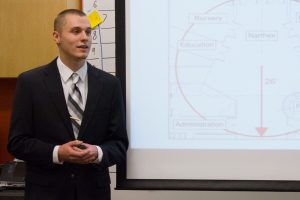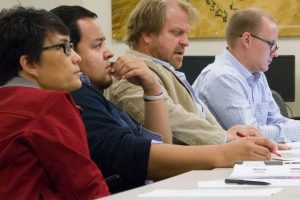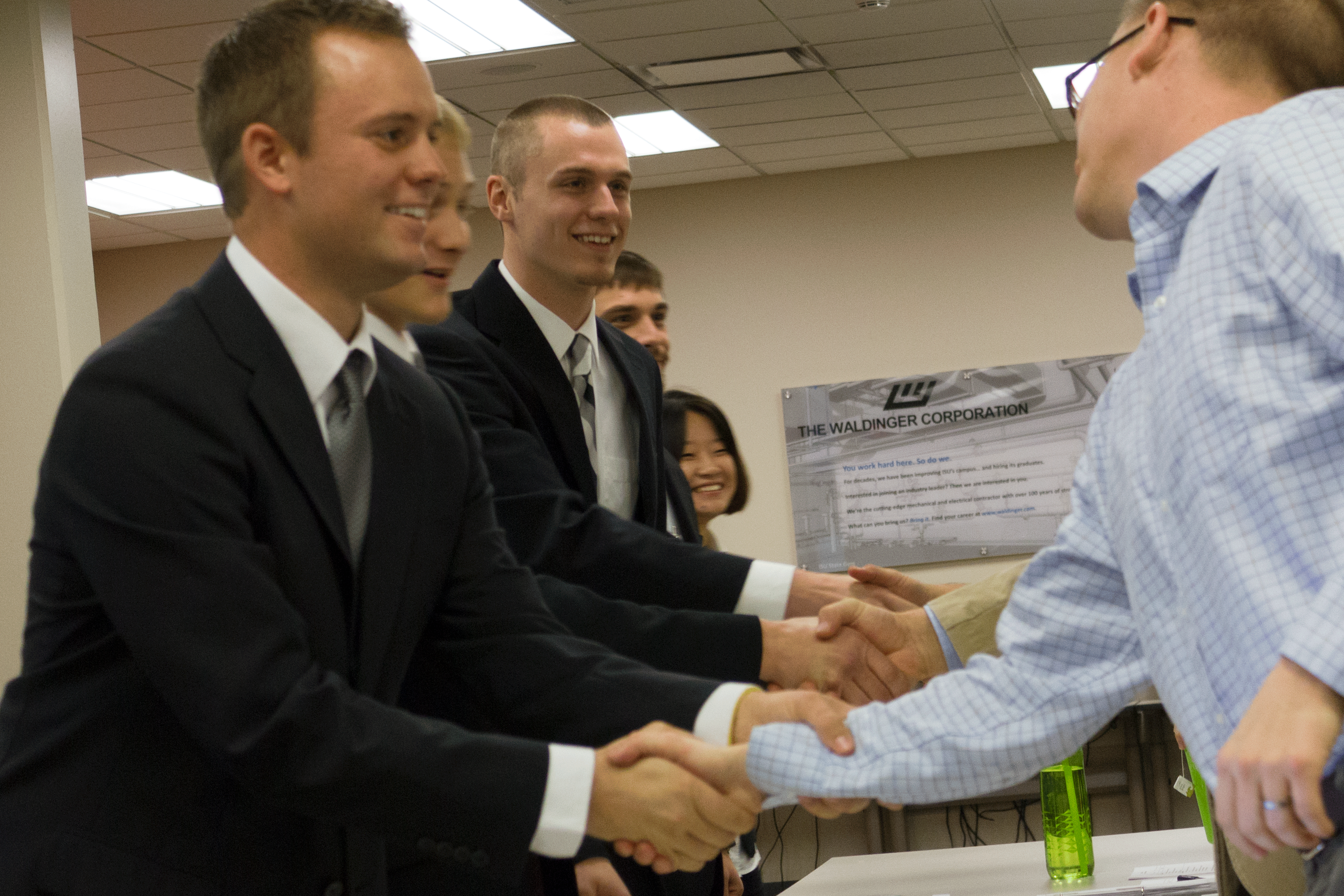
Capstone course gives seniors chance to interact with industry partners, gain real-world experience
Benjamin Claypool will graduate with a bachelor of science degree in construction engineering (ConE) this coming December. By the time he crosses the graduation stage, he’s already passed a milestone. Claypool has just finished his senior capstone project.
From the moment he started the team project earlier this school year, Claypool knew this fall would be “a different semester.”
“It just became a process of learning how I needed to communicate with them and them with me to actually get what we both needed,” the senior engineering student said.
“Them” refers to Claypool’s teammates, a mix of civil engineering and construction engineering college seniors. Students in both majors are expected to take capstone courses prior to graduating from the department of civil, construction and environmental engineering at Iowa State (ISU CCEE). Some, like Ben, end up taking both a civil engineering (CE) and a ConE capstone.
It’s a huge time commitment, and one with which Matt Rouse, a civil engineering senior lecturer and an instructor for the course, is very familiar.

“The whole idea of the capstone class is to give students an opportunity to bring what they’ve learned in lots of their undergraduate courses together in a multi-disciplinary design and setting that’s very real-world,” Rouse explained. “To really apply those skills and knowledge that they’ve gained to approach a real-world problem, to simulate what they’ll be doing in their careers.”
Rouse, along with ConE Senior Lecturer Beth Hartmann, has worked as a capstone instructor for the last five years. The two instructors search for a perfect real-world project on which to model their semester-long assignment. That project should be in the design phase but not already under construction, Rouse says.
This year, Andrew “AJ” Barone answered the call. Barone is a project engineer at Iowa City’s Raker Rhodes Engineering. A 2012 CE graduate, he vividly remembers going through the capstone course himself.
“It is so much fun sitting on the other side of the table and watching the students let the gears run … figuring out how they actually put this project together,” Barone said.
This semester, students designed a $4.2 million church facility. Plans needed to include handicap accessibility, parking lots, and green engineering aspects like geothermal systems. Barone’s company is currently working on a similar project.
“I think the biggest challenge that students face is just figuring out where to start,” Barone said. “I think that’s the biggest challenge that even professionals face when they get a new project. What’s the first thing that we focus on?”

Course instructors go to great lengths to make sure that students do not look up current projects. Barone even used a fake name when presenting parts of the assignment. Everything from planning to final presentation is aimed at simulating a real-world experience.
“We often are so focused in our design work that students get the impression that there is a methodical, step-by-step approach that leads to the right answer,” Rouse said. “That is not design in the real world. There are infinite numbers of right answers.”
Learning how to communicate across disciplines? That’s another important take-away.
“I think capstone is also a great foundation for both ConEs and CEs to know how to talk to one another,” Barone said. “It’s that familiarity of knowing what both sides are doing.”
After graduation, Claypool intends to continue his pursuit of a master’s degree. But for now … post-capstone presentation … Claypool’s CE and ConE teammates are ready for a little team celebration.
“It ultimately was a good bonding experience,” Claypool said.
Learn more about ISU CCEE by visiting our website, www.ccee.iastate.edu. And follow us on social media, including Facebook, Twitter and LinkedIn (Iowa State University Civil, Construction and Environmental Engineering and ISUConE).
